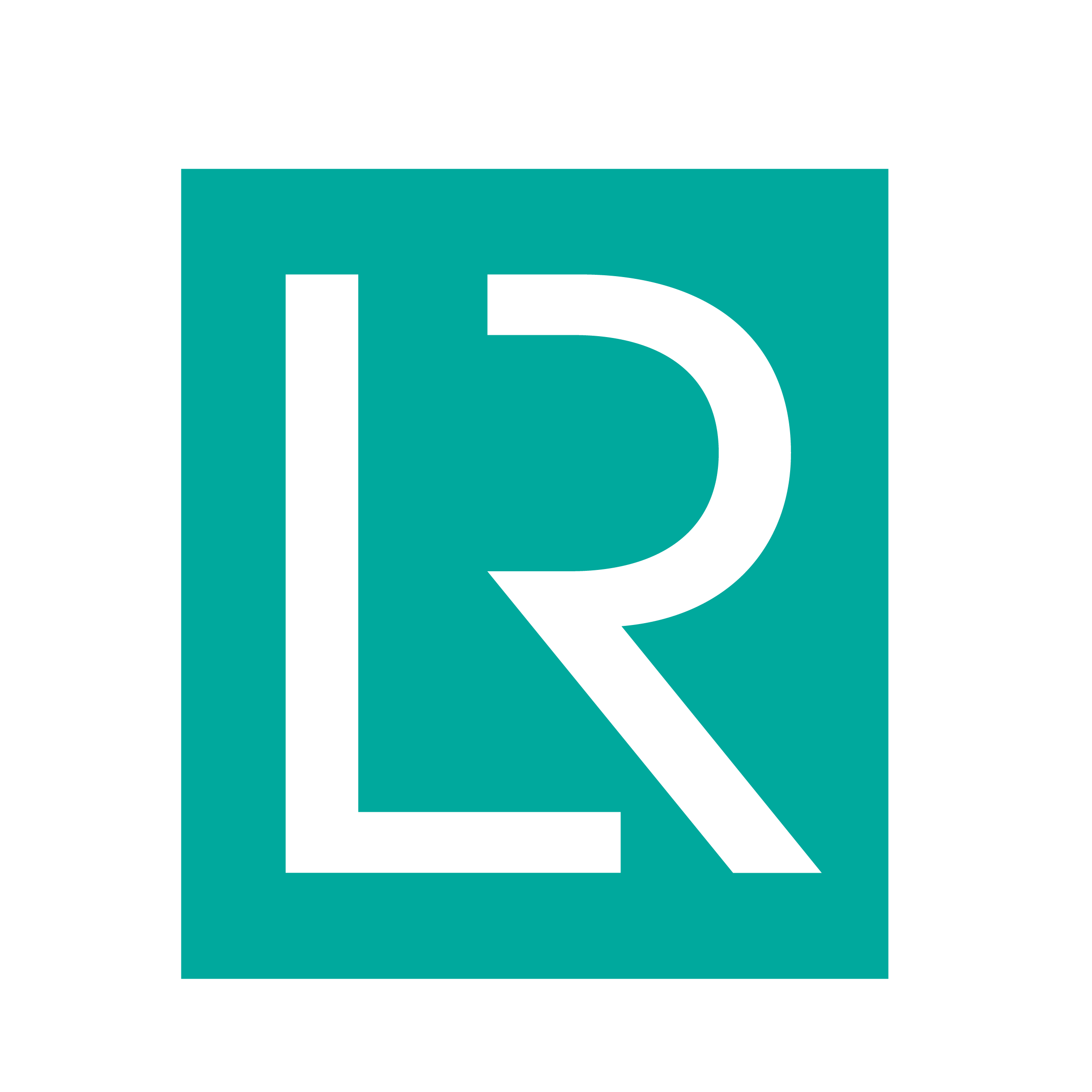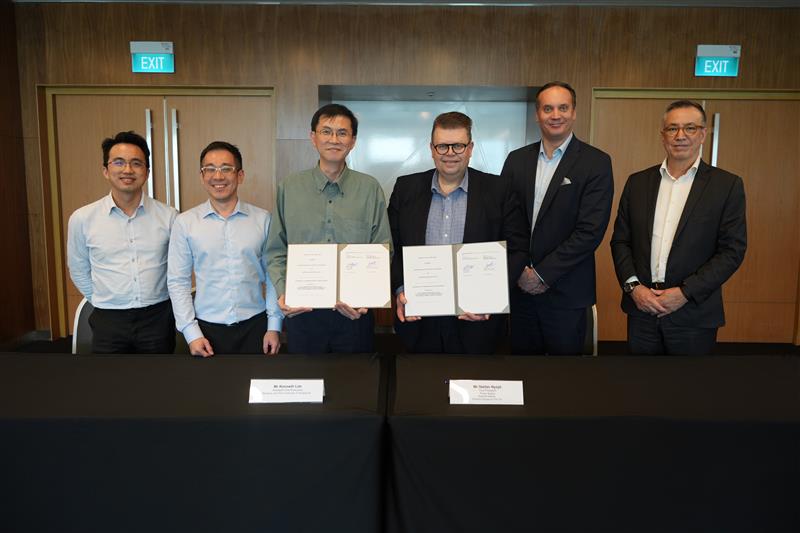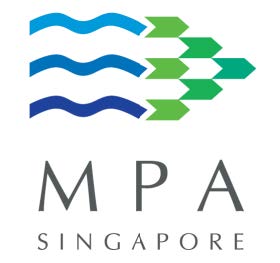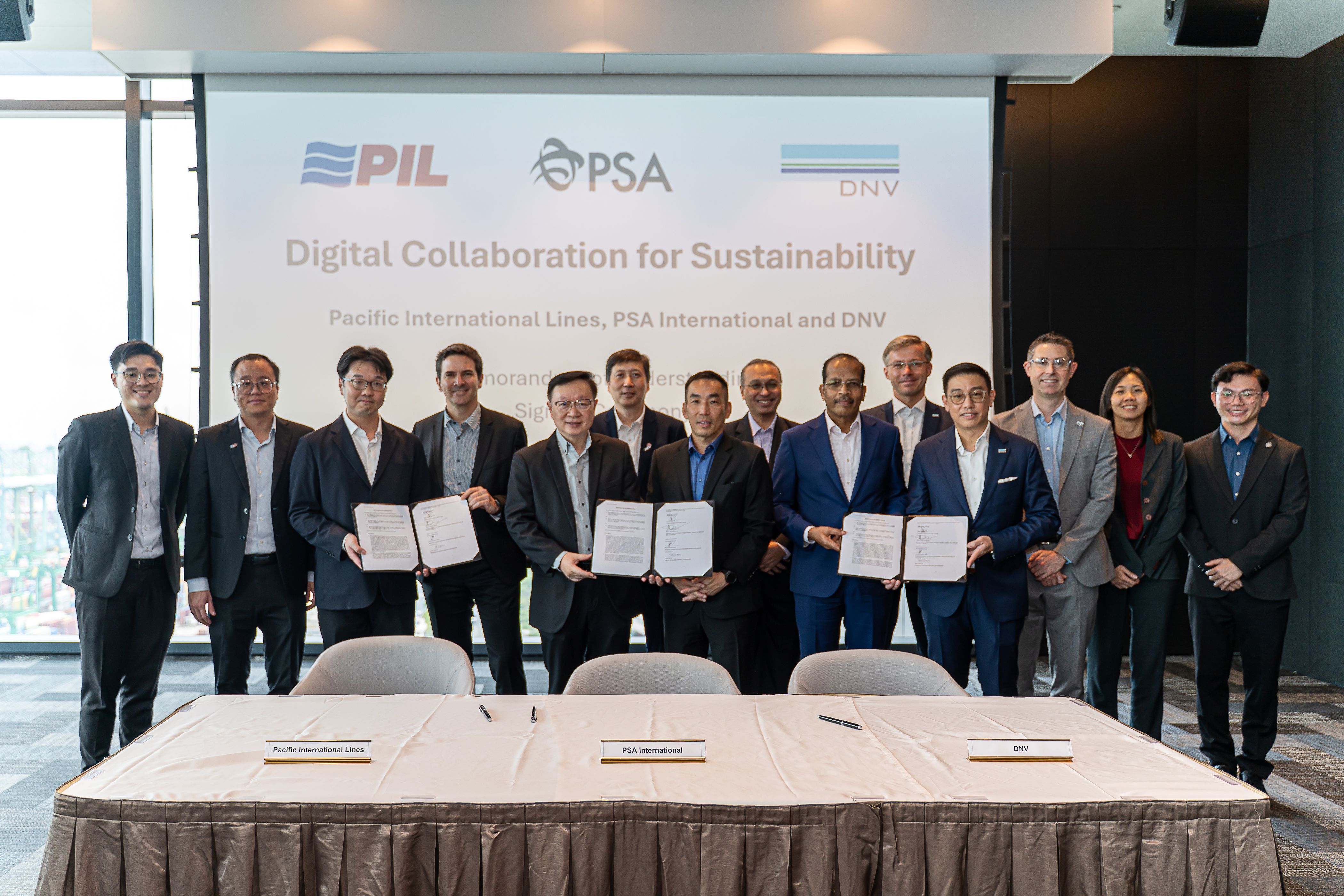
Shipowners continued to invest for a future of lower emissions in 2024, with 600 vessels capable of using alternative fuels ordered (to December 13[i]). The new orders grew the total orderbook by more than 50%, to 1,737 vessels.
The in-service alternative-fuelled fleet also grew strongly, up 18% to 1,860 vessels. Combined with current orders, the fleet will stand at 3,597 – around 4.8% of all vessels in service and on order. But with the IMO’s 2030 target on zero and near-zero emission energy use crossing the five-year horizon, orders will need to accelerate further to meet the required 5-10% of shipping’s energy consumption.
“These numbers show the significant effort the industry is making to reach net-zero emissions,” said James Frew, Business Advisory Director, at LR. “As the maritime transition towards decarbonisation advances, the next steps will require greater alignment between industry ambitions, regulatory measures and, crucially, incentives to rapidly grow global production capacity for the alternative fuels shipping will need.”
Ammonia-fuelled vessel orders more than doubled compared to the previous year, to 22 vessels. In 2025 the first ammonia-fuelled marine engines will be delivered, with a further surge in orders likely as the industry gains experience with the carbon-free fuel. As illustrated in
LR’s Fuel For Thought report on ammonia published in March 2024, securing the safety of ammonia-fuelled ships through design, training and regulation will be crucial to maximise any opportunity for decarbonisation.
[i] Based on data from IHS, Clarksons and LR; alternative fuels are ammonia, ethane, hydrogen, LNG, LPG, nuclear and methanol.
Ammonia advances
Hydrogen fuel also consolidated its appeal within relevant vessel segments, with orders for 12 more vessels in 2024.
Two hydrogen-powered passenger ferries ordered by Norwegian transport company Torghatten Nord are set for LR class, while a memorandum of understanding with H2Terminals, HiDROGEN and D3IM was signed to assess the feasibility of a green hydrogen infrastructure project in the UK. LR also granted AiPs for several new hydrogen vessels, including ferries and
tugboats.
While vessel orders related to new fuels progressed in 2024, liquefied natural gas (LNG) also strengthened its position as shipping’s most widely adopted alternative fuel. More than 350 vessels (including LNG carriers) were ordered. The industry’s efforts to reduce the impact of methane slip on greenhouse gas emissions also evolved. The
Methane Abatement in Maritime Innovation Initiative (MAMII), led by
Safetytech Accelerator and established by LR, continued its work with more than 20 prominent shipping stakeholders, most recently bringing together shipowners with three methane detection and measurement technology providers for feasibility studies.
Another established alternative fuel, liquefied petroleum gas (LPG), also drew further orders. Currently LPG carrier vessels are the only users of the fuel, but – as noted in
LR’s Fuel For Thought report on LPG – there remains potential for other users to take up the fuel. Market factors may make LPG pricing competitive in some regions, infrastructure and technology is mature, and efforts are being taken to scale up the production of renewable variants.
However, amid strong development across the industry, there remains deep uncertainty about when zero- or near-zero emission fuels will be available, and at what cost. The LR Maritime Decarbonisation Hub’s (MDH) latest Zero Carbon Monitor in October 2024 listed supply and infrastructure as a priority action to improve readiness for future fuels.
The report noted: “A key factor in vessel investment decisions is confidence in future supply of fuel. To reduce uncertainties and accelerate investment decisions at the ‘ship’ stage, stakeholders across the entire value chain must work together to create supply chains for future zero (or near zero) carbon fuel uptake.”
The scaling challenge
The monitor’s ongoing assessment of readiness levels across several fuel candidates notes that significant scaling up of production capabilities and supply infrastructure is needed before these fuels can be considered fully ready. Core production elements for both biomass-derived fuels (e.g., carbon capture) and e-fuels (e.g., electrolysers) are currently only in use at isolated projects.
The monitor also identifies areas where public intervention is needed to facilitate the scaling up of alternative fuel production. In general, potential investors in alternative fuel production and supply need signals that show a stable, attractive market. One specific area is the need to reduce the risks of investing in countries with low credit ratings, because many countries are well suited to provide renewable resources.
An example of action on this front is the
Maritime Fuel Supply Dialogues, an MDH initiative bringing together energy and transport ministries across Asia Pacific and Africa. The project, launched in April 2024 at a ministerial roundtable hosted by the Ocean Stewardship Coalition of the United Nations Global Compact (UNGC), focuses on how to drive regional fuel supply development at scale to support maritime decarbonisation across the Indian and Pacific Oceans.
Coordinated action will also be needed to ensure that zero- or near-zero emissions shipping is available for early movers among cargo owners. In 2024,
MDH and the Zero Emission Maritime Buyers Alliance (ZEMBA) launched a tender to assess the availability of shipping services using e-fuels. Responses from more than 50 shipowners and fuel suppliers indicated that predicted that commercial e-fuels deployment in the maritime sector would be feasible starting in 2027 and 2028, with limited deployment potentially as early as late 2026.
Amid uncertainty around fuel availability, the industry also progressed the development of other emissions reduction options in 2024.
LR analysis of the market for wind-assisted propulsion systems in August found that uptake is on the verge of a tipping point, expected to pass the 100-installation milestone in the next 2-3 years. Rapidly maturing technology, successful pilot projects and growing regulatory recognition – including a dedicated reward factor under FuelEU Maritime – are key drivers, while challenges such as standardising fuel savings verification and scaling up technology production are already being actively addressed.
Coinciding with the retrofitting of WAPS on the world’s biggest bulk carrier in October, LR submitted a paper to the Royal Institute of Naval Architects’ Wind Propulsion 2024 conference. The paper outlined experience across three retrofits on bulk carriers, and highlighted the need for early planning of compliance and integration elements to streamline retrofit projects.
New nuclear matures
Looking further ahead, the prospect of nuclear propulsion for commercial vessels gained momentum in 2024, driven by increasing shipowner interest in the advance of small modular reactor technology.
The LR Fuel for Thought report on nuclear propulsion highlighted the dramatic impact the technology could have on shipping, including longer ship lives and new ownership models. As an example of early activity in the nuclear field, LR is working with mobile nuclear company Core Power
on a study to determine the safety and regulatory considerations for a potential next-generation nuclear-propelled feeder container ship.
2024 was also notable for growing maturity in the carbon transport and sequestration market, which will be essential both for decarbonising hard-to-abate industrial sectors and providing feedstock for carbon-based e-fuels. In the year that the first dedicated liquid CO2 carrier was delivered, LR issued multiple approvals for
vessel designs and participated in
a landmark study the Global Centre for Maritime Decarbonisation on port capabilities for offloading carbon captured onboard.
These efforts, alongside increasing investment from shipowners, set the scene for a crucial year ahead for maritime’s decarbonisation drive. The first four months alone, with the introduction of FuelEU Maritime in January and the anticipated finalisation of IMO mid-term measures in April, will make 2025 a defining year for industry’s voyage towards net-zero emissions.
[1] Based on data from IHS, Clarksons and LR; alternative fuels are ammonia, ethane, hydrogen, LNG, LPG, nuclear and methanol.
source: LR
The opinions expressed herein are the author's and not necessarily those of The Xinde Marine News.
Please Contact Us at:
media@xindemarine.com

 Baltic Exchange launches new Fuel Equivalence Conve
Baltic Exchange launches new Fuel Equivalence Conve  21 Consecutive Years of QUALSHIP 21 Recognition for
21 Consecutive Years of QUALSHIP 21 Recognition for  MPA and Wärtsilä Renew Partnership to Drive Marit
MPA and Wärtsilä Renew Partnership to Drive Marit  MPA and Dalian Maritime University Renew Partnershi
MPA and Dalian Maritime University Renew Partnershi  PSA INTERNATIONAL, DNV AND PACIFIC INTERNATIONAL LI
PSA INTERNATIONAL, DNV AND PACIFIC INTERNATIONAL LI  INTERCARGO Reaffirms Call for Simplicity as IMO Cli
INTERCARGO Reaffirms Call for Simplicity as IMO Cli